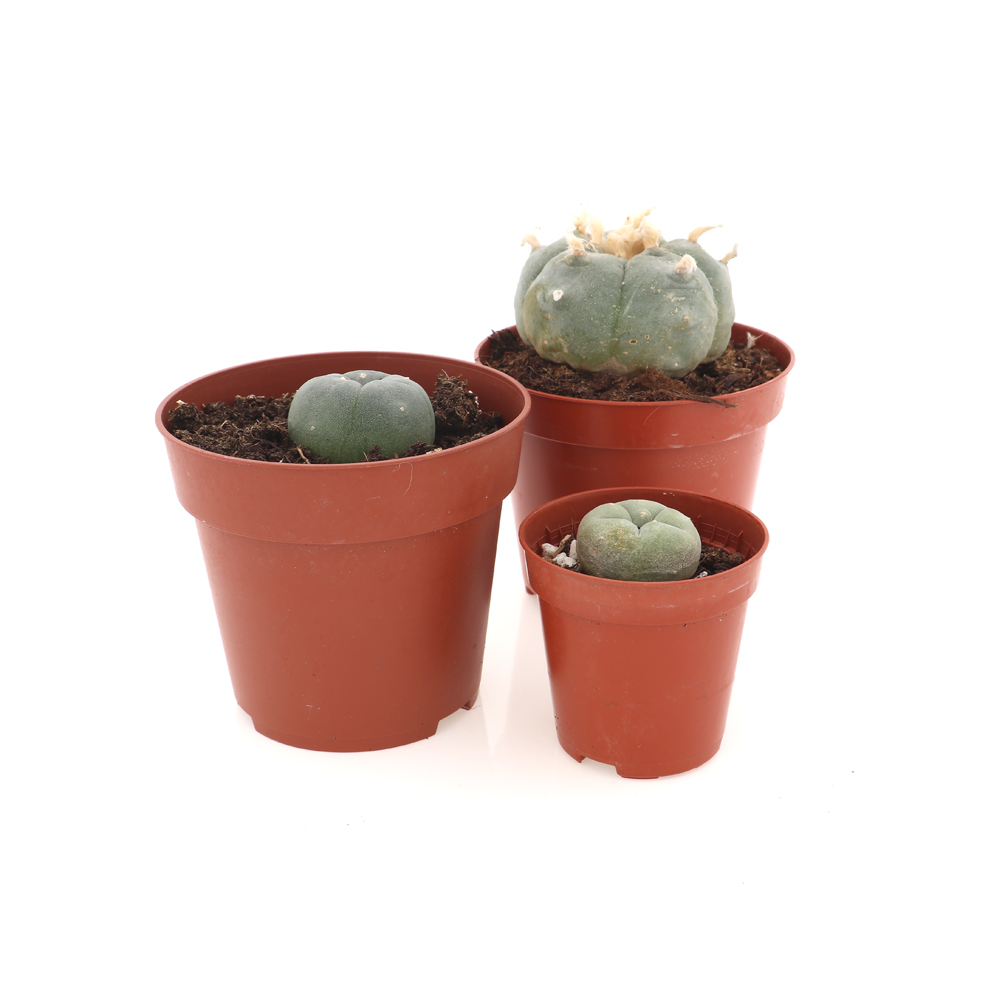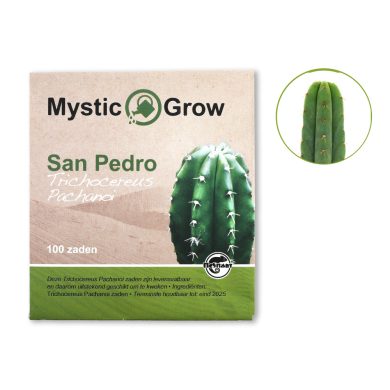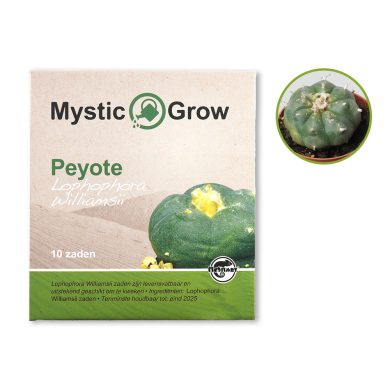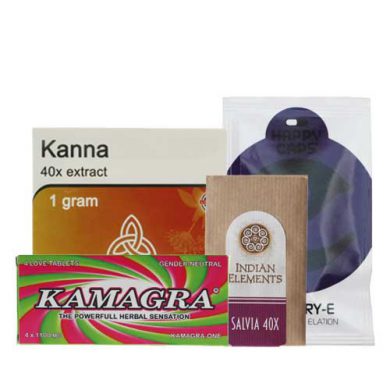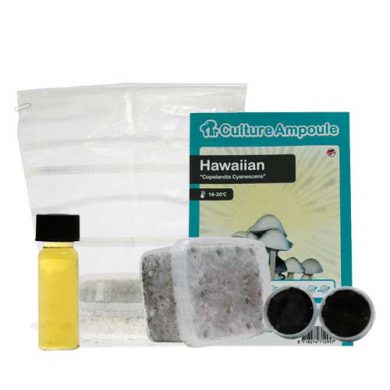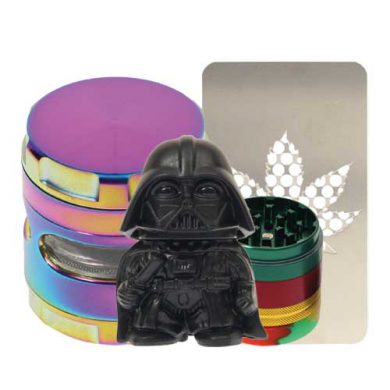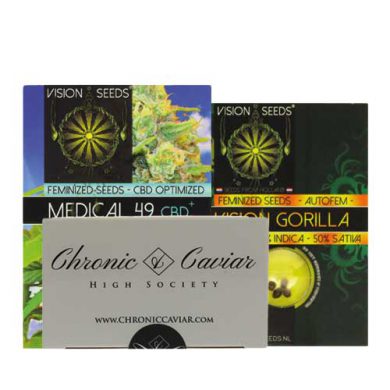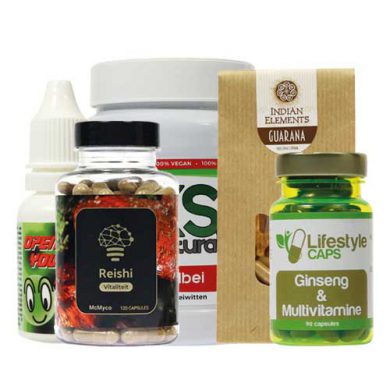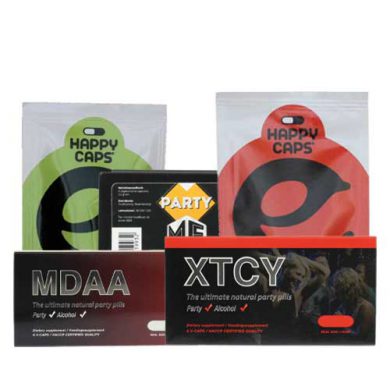What Is the Peyote Cactus?
The Peyote cactus is a small, spineless, round plant native to northern Mexico and the southern United States’ arid regions. Renowned for its psychoactive effects, it contains high levels of mescaline, a compound that triggers vivid hallucinations, altered perceptions, and unique sensory experiences.
This slow-growing cactus, which takes 8 to 15 years to mature, produces delicate pink flowers. It holds profound spiritual significance in indigenous cultures, often used in religious and ceremonial settings. When consumed responsibly, Peyote can offer transformative experiences, but it requires a safe environment and a sober tripsitter, especially for those with physical or mental health conditions, who should avoid it due to its intensity.
History of the Peyote Cactus
For centuries, Peyote has been integral to indigenous spiritual practices. Tribes like the Huichol and Tarahumara have used it in ceremonies to induce visions and foster divine connection, promoting healing, introspection, and community unity.
European explorers noted Peyote use in the 16th century, but it wasn’t until the 19th century that mescaline was scientifically studied. In the 20th century, Peyote gained popularity during the counterculture movement, extending beyond indigenous communities. Despite legal restrictions in some regions, it remains protected for certain religious practices. Today, users are encouraged to respect its cultural roots and approach it with reverence for its spiritual and psychological effects.
How to Use the Peyote Cactus
Using Peyote demands careful preparation and responsibility. It can be consumed fresh or dried, typically cut into small discs (3–4.5 cm wide, 0.5 cm thick). To mask its bitter taste, some brew it into tea.
For best results, consume Peyote on an empty stomach to aid absorption. Effects begin within 30–60 minutes, peak after 1–2 hours, and may last 8–15 hours. A calm, familiar setting with a sober guide is essential due to the experience’s intensity. Beginners should start with a low dose and avoid combining Peyote with alcohol, drugs, or medications. Minors, pregnant individuals, or those with health issues should not use it. Post-experience, take time to rest and reflect to process insights.
Lophophora williamsii as Ornamental Plant
Lophophora williamsii, better known as peyote, captivates plant enthusiasts with its distinctive button-shaped appearance, robust structure, and slow growth, making it a perfect addition to any collection of rare cacti. On our website, we present and offer this product not exclusively as an ornamental plant for decorative purposes, but also as a versatile specimen emphasizing its visual appeal from the velvety, blue-green epidermis to the elegant, button-like ribs that add a sculptural elegance to windowsills, greenhouses, or minimalist setups. Tailored for those regions where such sales are permitted, our artificially propagated specimens strictly adhere to applicable regulations, without any suggestion of ingestion or processing, allowing customers to appreciate it purely as a striking, living ornament in their home or garden.
Ingredients of the Peyote Cactus
Mescaline (3,4,5-trimethoxyphenethylamine) is Peyote’s primary active compound, a potent hallucinogen driving its psychoactive effects, including intense visual and sensory experiences. This makes it valuable for both spiritual and recreational purposes.
Peyote also contains minor alkaloids, though their effects are less studied. The cactus’s potency varies based on environmental factors like soil and climate. As a natural, additive-free product, its slow growth—up to 15 years—concentrates its compounds, making it highly potent. Due to mescaline’s strength, caution is advised, particularly for those with health vulnerabilities.
Warning
Peyote is a powerful substance containing mescaline, which can cause intense hallucinations, disorientation, and deep emotional shifts. It should only be used in a secure environment with a sober sitter available.
Avoid Peyote if you have mental health conditions (e.g., anxiety, depression, psychosis) or physical health issues (e.g., heart problems, diabetes, respiratory conditions). It is not safe for pregnant individuals or minors. Never combine Peyote with alcohol, medications, or other psychoactive substances, as this heightens the risk of adverse effects. Do not drive or operate machinery during or after use, and keep it securely stored away from children.
With a respectful and cautious approach, Peyote can offer meaningful experiences, but mindfulness is critical for safety.
